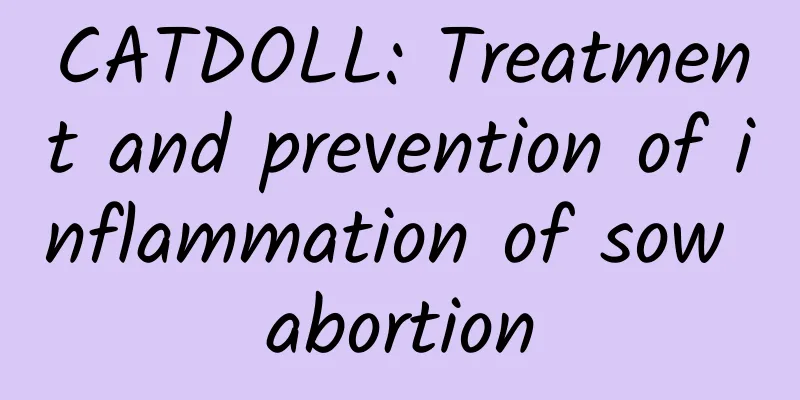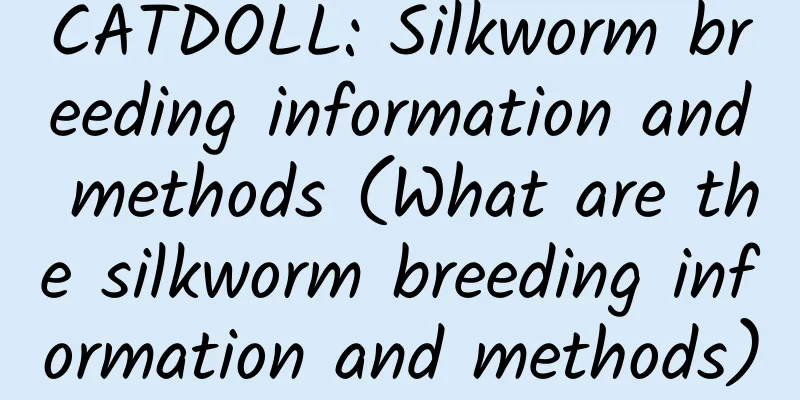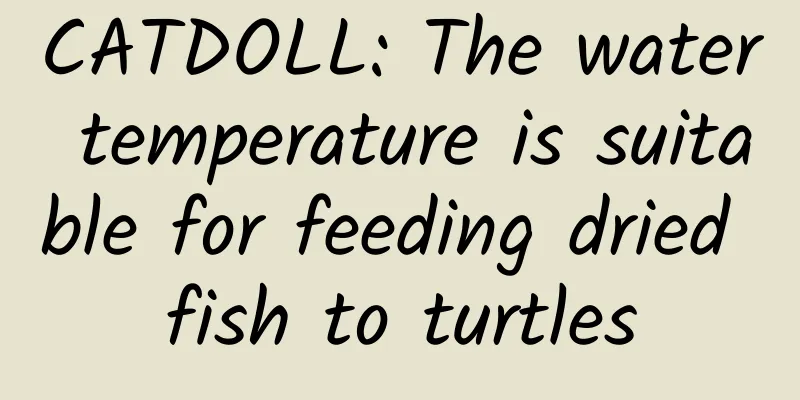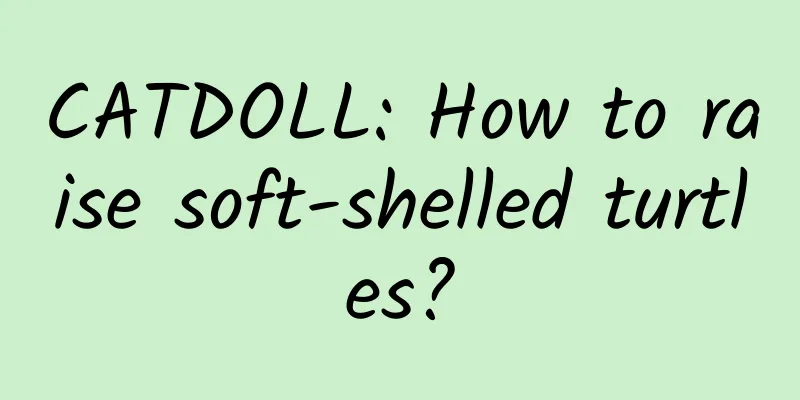CATDOLL : CATDOLL: How to prevent California bass from mouth and tail rot

How to prevent California bass from mouth and tail rotMouth and tail rot is a bacterial infection that is common in fish aged 8 to 12 days old. Flavobacterium columnaris is the main pathogen of mouth and tail rot in California bass fry, and parasitic infection may also be an important cause. Generally, the smaller the size, the higher the mortality rate. The disease occurs after screening and ponding, and the condition is acute and the mortality rate is high. During the high temperature period in summer, rainfall will be more frequent, especially after consecutive rainy days and clear weather. The outbreak rate of mouth and tail rot will also increase after pulling the net through the pond. Typical symptoms of the disease: The mouth or tail turns white. As the disease progresses, the lesions turn white, rot, ulcers appear on the surface of the skin, and more floccules ("hair") adhere to the fish. The diseased fish lose the ability to eat and swim, and eventually die of exhaustion. The disease is easy to break out after screening and ponding, and the disease is acute and the mortality rate is high. In previous years, many farmers suffered heavy losses because of this. Why is it easy for fish to rot after being screened through the pond? Most fish farmers choose to screen the fry when they are 8-10 days old. At this time, the fry are relatively small, their organs are not fully developed, their immunity is low, and they are prone to detachment when subjected to strong stimulation. In addition, the surface of the fry is easily scratched during screening, which provides opportunities for infection by pathogenic bacteria such as Flavobacterium. The detection rate of Dactylopsis in fish fry with mouth and tail rot is very common. Because the worm is large and active, parasitizing on the gill filaments will aggravate the behavior of the fry such as hitting the net and rubbing against the edge, causing the mouth and the side of the body to become detached and then infected with Flavobacterium columnaris, resulting in mouth and body rot. Special attention should be paid during detection. If the infection amount of Dactylopsis is large, the worm should be removed first and then the mouth and tail rot should be treated. It should be pointed out that although the worm will not cause the death of the fry when parasitized in small quantities, it will irritate the fish body, aggravate the behavior of the fry such as hitting the seine net or rubbing against the body, and induce mouth and tail rot. Therefore, doing a good job in preventing and controlling the infection of Dactylopsis is also an important condition for reducing mouth and tail rot in California bass. Ideas for preventing and controlling California bass mouth and tail rot: 1. Start with the pathogen Columnar Flavobacterium is a Gram-negative bacterium. It is necessary to disinfect the water in a timely manner after heavy rainfall using mild disinfectants such as compound iodine to reduce water pathogens and maintain water stability. 2. Start with the fish itself The immune system of California perch fry is not yet fully developed, and its anti-stress ability is low, and its resistance to pathogens is weak. Therefore, it is mixed with Eucommia leaf extract. The chlorogenic acid and flavonoids in Eucommia leaves have significant antibacterial effects, which can inhibit the growth and reproduction of harmful bacteria. Eucommia polysaccharides can enhance the immunity of fish. Chlorogenic acid and flavonoids are also strong natural oxidants, which can remove a large number of free radicals produced by oxidation when the fish is stressed, thereby reducing the stress response of the fish, improving the antibacterial and antiviral ability, and enhancing immunity. 3. Prevent parasitic infections In order to avoid parasitic infection causing mouth and tail rot, eucalyptus essential oil should be added to the feed regularly every month. This can not only prevent and control various parasites of California bass, but also inhibit secondary infection of wounds, reduce body surface damage and thus reduce mouth and tail rot. What to do if fish have parasitesIt depends on what kind of parasite it is. If it is Ichthyophthirius, use mercurous nitrate. Or use trichlorfon. Methylene blue. If you want to raise it alone, it will infect the fish. That will cause greater losses. |
<<: CATDOLL: What does bamboo fish eat?
Recommend
CATDOLL: How to deal with the live red worms you bought when you get home (How to deal with the live red worms you bought when you get home)
1. How to clean the dead red worms after buying t...
Rural Pig Pen Construction Guide: Scientific and Reasonable Planning Helps You Raise Pigs with Half the Effort
Pigpen location selection Choose a location that ...
CATDOLL: How to reproduce multiple centipede grass roots?
How to reproduce multiple centipede grass roots? ...
CATDOLL: How to raise red worms and what to eat (How to raise red worms and what to eat)
1. How to breed red worms? Step/Method 1 Pool and...
CATDOLL: Development history and operating status of Xi'an Lanmu Pharmaceutical Co., Ltd.
Xi’an Lanmu Pharmaceutical Co., Ltd. is a pharmac...
CATDOLL: What documents and procedures are required to keep spiders? (What documents and procedures are required to keep spiders?)
1. How to breed southern spiders? 1. To raise hun...
CATDOLL: Fly maggot farming, are maggots decomposers or consumers?
Fly maggot farming: are maggots decomposers or co...
CATDOLL: What are the symptoms of fish suffering from tricholoma?
1. What are the symptoms of fish suffering from t...
CATDOLL: How often should I feed earthworms with cow dung? (How often should I feed earthworms with cow dung?)
1. How often should earthworms be added to one ac...
CATDOLL: How to raise red-bellied piranha
How to raise red-bellied piranha How to raise pir...
CATDOLL: New technology for silkworm breeding (new technology for silkworm breeding)
1. New technologies and methods for silkworm bree...
CATDOLL: Bees only drag out the mature young and discard them, leaving the pupae alone. What disease is this?
The pupa is not abandoned, it means the young can...
CATDOLL: How to raise yellow eel well (Hubei area)
Factory farming of yellow eel changes the traditi...
CATDOLL: How long is the breeding cycle of golden cicadas? (How long is the breeding cycle of golden cicadas?)
1. How many seasons are there in a year for the C...
CATDOLL: How many fish can be raised in 15 mu of water with silver carp as the main species?
1. How many fish can be raised with silver carp a...









